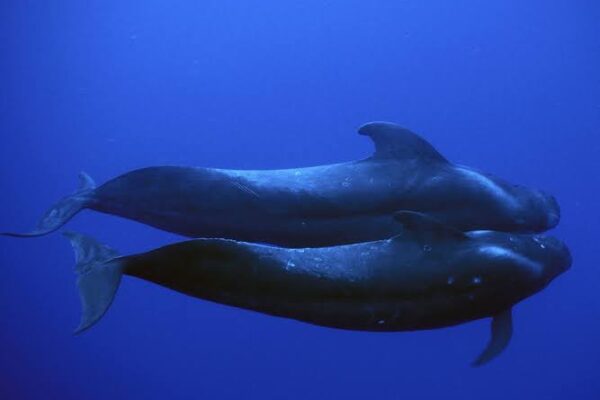Drone mapping to help evaluate fragile ecosystem, particularly moss beds, & changes in the extreme environment
RH Desk
March 08, 2023:
In efforts to monitor the effects on vegetation due to climate change researchers have been using drones to map large areas of Antarctica.
To evaluate the fragile ecosystem, particularly moss beds, and changes in the extreme environment, the researchers from Queensland University of Technology (QUT), Australia and collaborators are using drone-derived imagery.
The field team was based in Antarctica for almost two months, with indications the drones they piloted captured unprecedented high-resolution imagery of vegetation and biodiversity in protected areas.
The vision taken from Antarctic Specially Protected Areas (ASPAs 135 and 136), not far from the scientists’ base settlement of Casey Station, identified areas with moss and lichen not previously picked up by satellite, the study has indicated, which has been published in the journal Conservation Biology.
“Piloting these flights was at times challenging; however all the systems performed well under extreme cold conditions,” Juan Sandino, a researcher at Centre for Robotics, Queensland University of Technology (QUT) said.
Sandino, who specializes in mechatronics and automated remote sensing systems, helped develop and deploy the drones, classifying Antarctic vegetation at low altitude.
The key aims of the project- is co-led by QUT Professor Felipe Gonzalez and Auckland University of Technology Professor Barbara Bollard -included monitoring the vegetation through smart sensors and artificial intelligence, modelling microclimates, and producing accurate maps of protected areas and other ice-free regions.
“Few plants can survive in Antarctica and mosses are the largest and oldest plants to grow there with beds up to 50 meters wide and plants as old as 500 years. The moss is sensitive to variations of temperature and moisture in Antarctica and is an important indicator of climate change,” Bollard said.
It is hoped that mapping and monitoring the moss beds over time will help to understand the health of mosses and other vegetation. Further drone-derived imagery as well as AI for other Antarctic regions may be used to evaluate the effectiveness of area-based conservation interventions in more parts of the icy continent, the study said.




